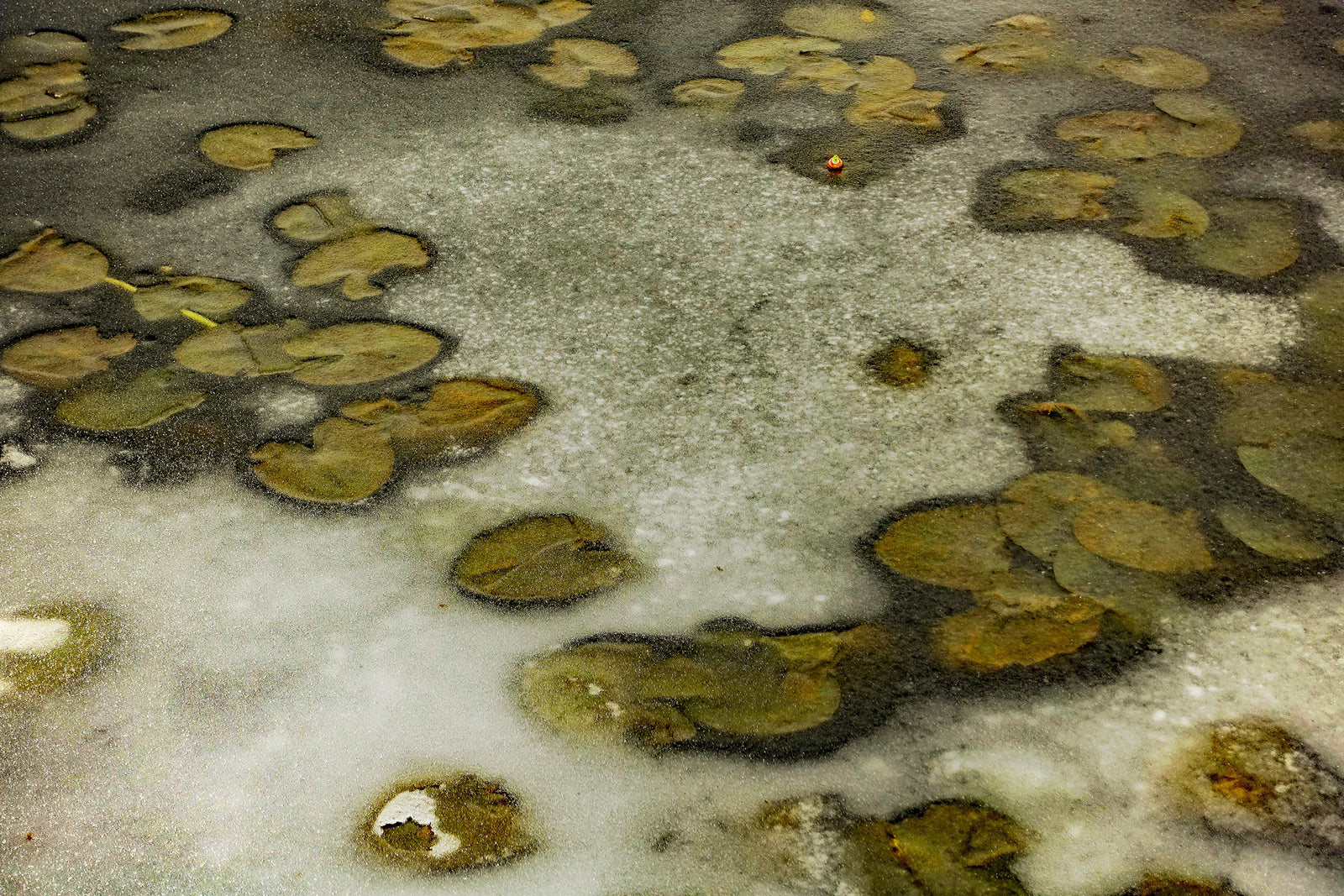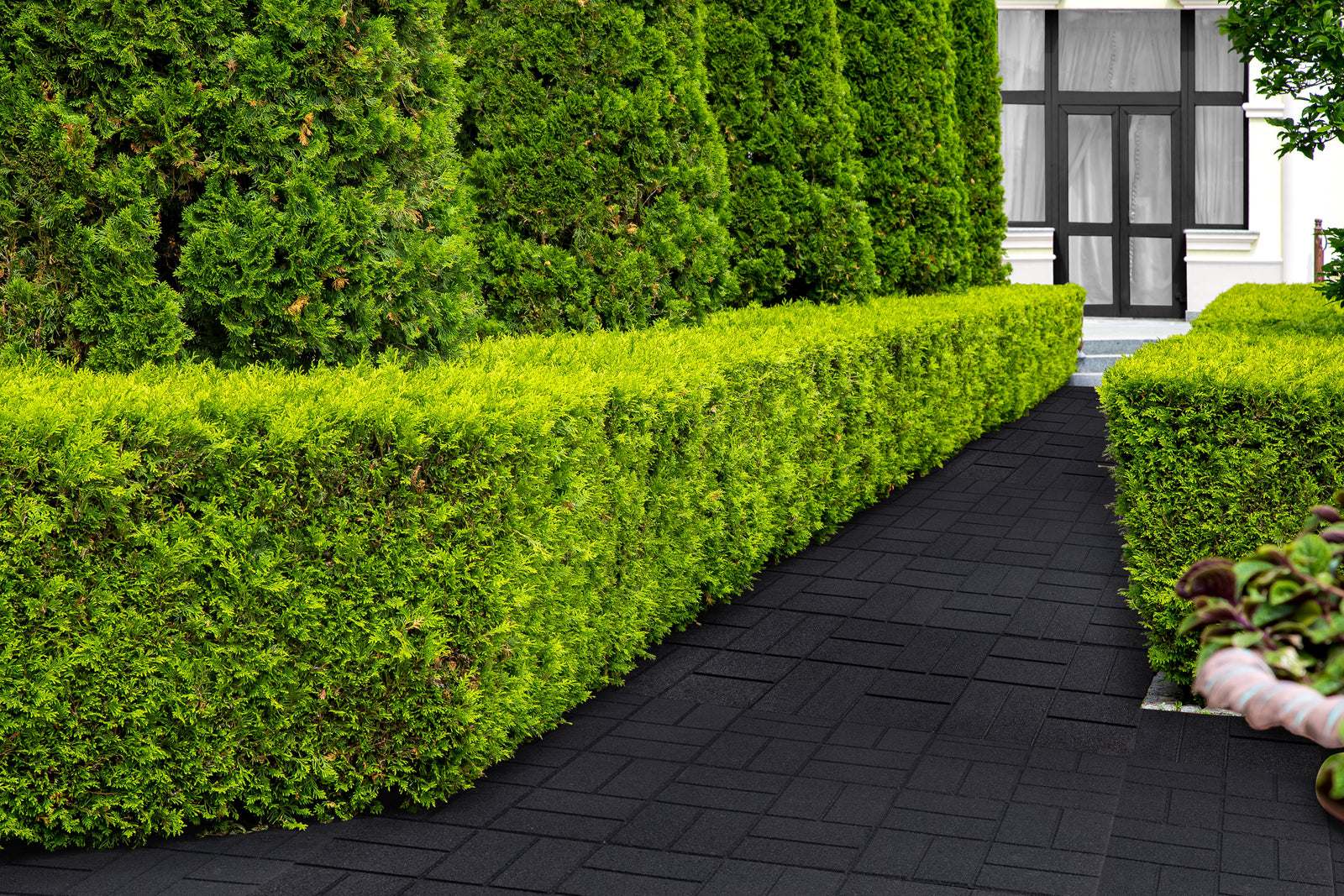July 29, 2019
Rubber Mulch Or Rubber Playground Tiles: Which Best Suits Your Needs?
What are the main differences between rubber mulch and rubber playground tiles in terms of requirements and specifications?
Rubber mulch and rubber playground tiles, while made from similar materials, cater to different requirements and specifications. Rubber mulch is widely used in outdoor play areas and is capable of enduring various weather conditions. It's versatile enough for use in landscaping, horse and athletic arenas, and gardens. Playground rubber tiles, on the other hand, are suitable for areas with high foot traffic from young children, and they work well both indoors and outdoors. Both materials offer bright colors, traction, and protection from falls due to their springiness and shock-absorbing qualities.
How do rubber mulch and playground tiles ensure safety in play areas?
Both rubber mulch and outdoor rubber tiles enhance safety in play areas. They provide a soft surface that can cushion falls, reducing the risk of injuries among children. These materials do not freeze in cold weather nor retain moisture, which helps prevent slipperiness. This makes them a safe option for play areas as well as walkways for the elderly, ensuring accident prevention and safety in various environments.
In terms of durability, how do rubber mulch and tiles compare?
Both rubber mulch and rubber tiles are highly durable. Rubber tiles are about two inches thick and water permeable, allowing them to withstand extreme weather conditions. Similarly, rubber mulch does not retain moisture, staying dry even after heavy rain. These materials do not compress or decompose, ensuring they remain in good condition for many years.
What are the convenience factors associated with using rubber mulch and rubber playground tiles?
In terms of convenience, rubber tiles are designed to interlock, making installation easy. Rubber mulch, alternatively, simply needs to be poured and tamped down, requiring minimal manual labor. Maintenance is straightforward for both: rubber tiles need occasional wiping, while rubber mulch may require some raking. Neither material is prone to being washed or blown away in harsh weather, making them both easy to maintain.
How do the costs of rubber mulch and playground tiles compare, and what are the long-term financial benefits?
Rubber mulch is typically sold by the pallet, costing around $650 per pallet, while rubber playground tiles are sold based on the required square footage, with 60 tiles costing about a thousand dollars. Accurate measurements of the area are essential to determine the needed quantity. Though the initial cost of both rubber mulch and tiles may be higher than other ground cover materials, their durability, low maintenance requirements, and longevity make them cost-effective in the long run.

Also in Rubber Mulch Blog

Embracing Eco-Friendliness by Choosing Rubber Mulch for Your Playground
June 17, 2025
“Reuse, Recycle, and Reduce” are three main aims when it comes to preserving the health of our planet. Rubber mulch definitely falls within their scope. Conserving resources, energy efficiency, and better health for kids are all rubber mulch benefits.

Effective Mold and Fungi Prevention: The Hidden Value of Rubber Mulch
October 31, 2024

Create Your Own Sensory Path with Rubber Pavers
October 28, 2024
shop
Copyright © 2025 RubberMulch.com - All Rights Reserved.






